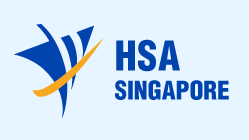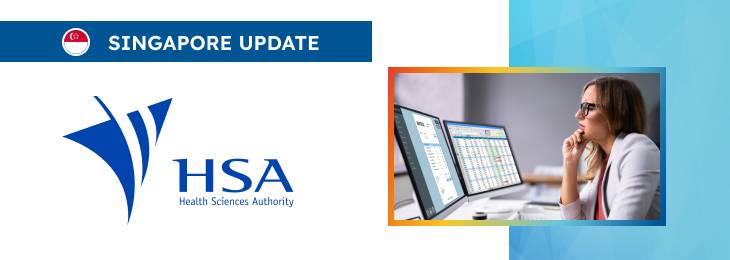The article provides a general overview of the approach to be followed when preparing a submission associated with a medical device intended to be placed on the market in Singapore.

Table of content
The Health Sciences Authority (HSA), Singapore’s regulatory agency in healthcare products, has published guidance on preparing a product registration submission for general medical devices using the ASEAN CSDT.
The document provides additional clarifications regarding the applicable regulatory requirements and recommendations to be taken into consideration by medical device manufacturers and other parties involved to ensure compliance with them.
At the same time, provisions of the guidance are non-binding in their legal nature, nor are they intended to introduce new rules or impose new obligations.
The authority also reserves the right to change the guidance and recommendations provided therein, should such changes be reasonably necessary to reflect the corresponding amendments to the underlying legislation.
Introduction
The document developed by the HSA provides comprehensive guidance on preparing a product registration submission for general medical devices.
This document delineates the procedural framework for submitting applications using the ASEAN Common Submission Dossier Template (CSDT) or the International Medical Device Regulators Forum (IMDRF) Non-In Vitro Diagnostic Device Market Authorisation Table of Contents (nIVD MA ToC).
Manufacturers and stakeholders in the medical device industry must comprehend and adhere to these guidelines for successful product registration with the HSA.

Overview of ASEAN CSDT
First of all, the authority provides general information about the ASEAN CSDT and highlights the critical points associated with it.
As explained in the document, the ASEAN CSDT is a standardized template designed to harmonize the submission of medical device information across the ASEAN member countries’ regulatory authorities.
It incorporates elements from the documents of the Global Harmonisation Task Force (GHTF) and the IMDRF, ensuring a global perspective on medical device regulation. This template is vitally important in the context of product registration.
Essential Components
As further explained by the HSA, the template is segmented into detailed sections, each requiring specific information about the medical device.
This structured approach facilitates a thorough review by regulatory authorities, ensuring that all aspects of the device’s safety, performance, and compliance are adequately addressed. Applicants must refer to TR-01 for an exhaustive list of the technical details required in each section.
Compliance and Conformity
According to the document, compliance with the recommendations provided in GN-17 is vitally vital for demonstrating conformity to the essential principles of safety and performance. This alignment expedites the registration process, and fosters trust in the device’s quality and reliability.
The submission process is streamlined through the MEDICS platform, where applicants can upload the relevant sections of the CSDT or ToC dossier.
This online system simplifies the submission process, making it more accessible and manageable for product owners.
The document provides definitions of the key terms and concepts used in product registration under the ASEAN CDST to assist the parties involved with interpreting the relevant regulatory requirements.
In particular, the guidance explains such terms as “Adverse Effect”, “Field Safety Corrective Action”, and “Medical Device Single Audit Program (MDSAP)” to ensure clarity and uniformity in communication between applicants and the regulatory authority.
Preparing the Dossier
As the authority emphasizes, a well-prepared dossier is essential for the evaluation process. It must be comprehensive, containing all relevant sections, and be submitted in English. Any non-applicable sections should include a justification for their omission.
Additionally, the submission must include copies of labeling, certificates, and reports, all of which should be legible and valid.
Evaluation Routes
The document also outlines different evaluation routes, such as immediate, expedited, abridged, or complete evaluation, each with specific data requirements. Understanding these routes enables applicants to prepare their submissions in line with the expected review process, facilitating a smoother evaluation by HSA.
Conclusion
In summary, the present HSA guidance GN-17 constitutes a document providing essential clarifications on product registration submissions. By adhering to the ASEAN CSDT, applicants can ensure a more efficient and successful registration process, ultimately contributing to the availability of safe and effective medical devices in the ASEAN market.
This document standardizes the submission process and underscores the importance of global harmonization in medical device regulation, fostering an environment of trust and reliability in healthcare innovations.
How Can RegDesk Help?
RegDesk is an AI-powered Regulatory Information Management System (RIMS) designed to simplify global compliance for medical device companies. With regulatory intelligence covering 120+ markets, RegDesk helps you prepare and publish global submissions, manage standards, conduct impact assessments, and stay ahead of regulatory changes all from a single, centralized platform. Expanding into new markets has never been easier.

